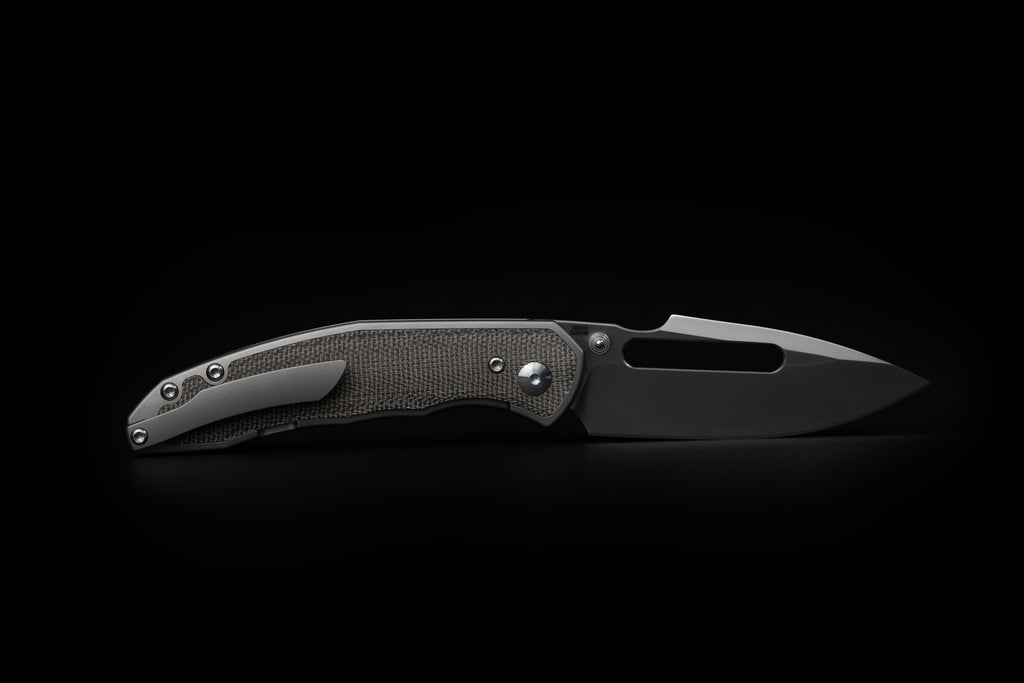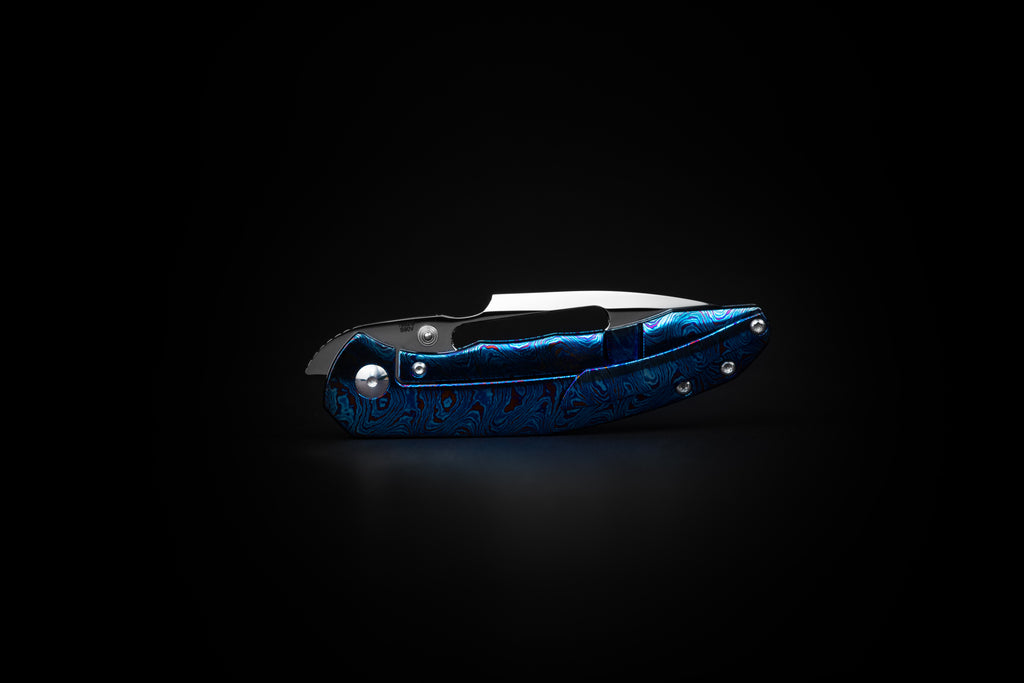Folding knives have long served as indispensable tools for outdoor enthusiasts, survivalists, and everyday carry advocates. These compact yet formidable companions fulfill a multitude of purposes, spanning from effortlessly opening packages to providing a means of emergency self-defense. However, improper usage not only diminishes the knife's efficacy but also poses potential hazards. In this blog post, we shall delve into the five common mistakes to avoid when employing folding knives, enabling you to harness the full potential of your blade while ensuring your safety.

Mistake 1: Neglecting Regular Maintenance
Negligence in regularly maintaining a folding knife is an oversight that may lead to both minor inconveniences and significant safety risks. Maintenance extends beyond the mere upkeep of blade sharpness; it encompasses a thorough inspection of all knife components. Accumulation of grime, debris, and moisture in the pivot and locking areas impedes smooth operation. Over time, this deterioration becomes irreversible, leaving you with a compromised tool.
To prevent this mistake, establish a routine maintenance schedule. Consider carrying a compact maintenance kit comprising a sharpener, a cleaning solution, and a suitable lubricant. Periodic deep-cleaning aids in identifying any potential wear and tear before it transforms into a safety concern. Always consult your knife's manual to ensure the usage of products that won't corrode or damage the materials.
Mistake 2: Using the Wrong Knife for the Task
Misapplication of a folding knife is a blunder that not only jeopardizes its structural integrity but also places your well-being at risk. Every folding knife is meticulously engineered for specific tasks, be it skinning game or slicing food. Employing a slender, delicate blade for prying or digging may result in blade failure, which proves perilous when you rely on it for particular functions.
Prior to acquiring a folding knife, conduct thorough research on the appropriate blade type and design that align with your requirements. For instance, if you frequently find yourself in outdoor settings, seek knives equipped with features such as a serrated edge or a drop-point blade, offering versatility. Additionally, consult experts or browse online forums to gather insights and recommendations regarding the optimal knife for your specific needs.
Mistake 3: Ignoring Safety Lock Features
One glaring oversight many folding knife owners make is neglecting the safety lock features. Lock mechanisms are not mere accessories; they serve a crucial role in keeping the blade securely in place during use, preventing accidental injuries. Ignoring or overriding these safety features is comparable to deactivating airbags in a car-a risky move that can have severe consequences.
Educate yourself about the types of locking mechanisms that your folding knife uses-whether it's a liner lock, frame lock, or any other system. Make a habit of engaging the lock each time you deploy the blade and check it periodically during use. In case of any malfunction, discontinue use immediately and get the issue fixed. This will mitigate the risk of injury substantially.
Mistake 4: Carrying the Knife Improperly
Poor carrying practices can be more detrimental to your folding knife than you might realize. When your knife rubs against keys or loose change in your pocket, it's not just the aesthetics that suffer. Such practices can create micro-scratches on the blade, leading to spots that are vulnerable to corrosion.
Invest in a good quality knife sheath or pocket clip that ensures that the knife is held securely without moving around. If you use your knife frequently throughout the day, consider carrying options that allow for quick and safe access. Brands often offer accessories designed explicitly for their knife models, so make sure to explore these.
Mistake 5: Storing the Knife in Adverse Conditions
Poor storage conditions can be a silent killer for folding knives. Excessive moisture, for example, accelerates the corrosion process, while extreme temperatures can weaken the material properties of both the blade and handle. Dust and grit are equally harmful, as they can get into the knife's moving parts and interfere with its operation.
A climate-controlled environment is ideal for knife storage. Use silica gel packets to absorb excess moisture, and consider using blade protectors or individual compartments to isolate each knife. Before storing your knife for an extended period, make it a practice to disassemble it (if your model allows for this), clean all the components, apply lubricant, and reassemble.

Conclusion
The longevity and effectiveness of your folding knife are directly influenced by how well you avoid these common mistakes. Implementing best practices in maintenance, proper usage, and storage can mean the difference between a reliable tool and a dangerous liability. The key to maximizing the life and efficiency of your folding knife lies in understanding its design, capabilities, and limitations. A well-maintained knife is not just a tool; it's a lifelong companion in countless adventures and tasks.
Read More
- EDC Knives New Arrival ARTISAN CUTLERY ANDROMEDA 1856G-FCMV M390 BLADE – Artisancutlery.net
- Folding Knives vs. Fixed Blades: Guide to Choosing the Right Knife! – Artisancutlery.net
- Folding Knives: A Guide to Choosing the Right One for You – Artisancutlery.net
- Mid-of-Year Giveaway – Artisancutlery.net
- 🎉 Happy Thanksgiving, ArtisanCutlery&CJRB fam! 🦃 – Artisancutlery.net
